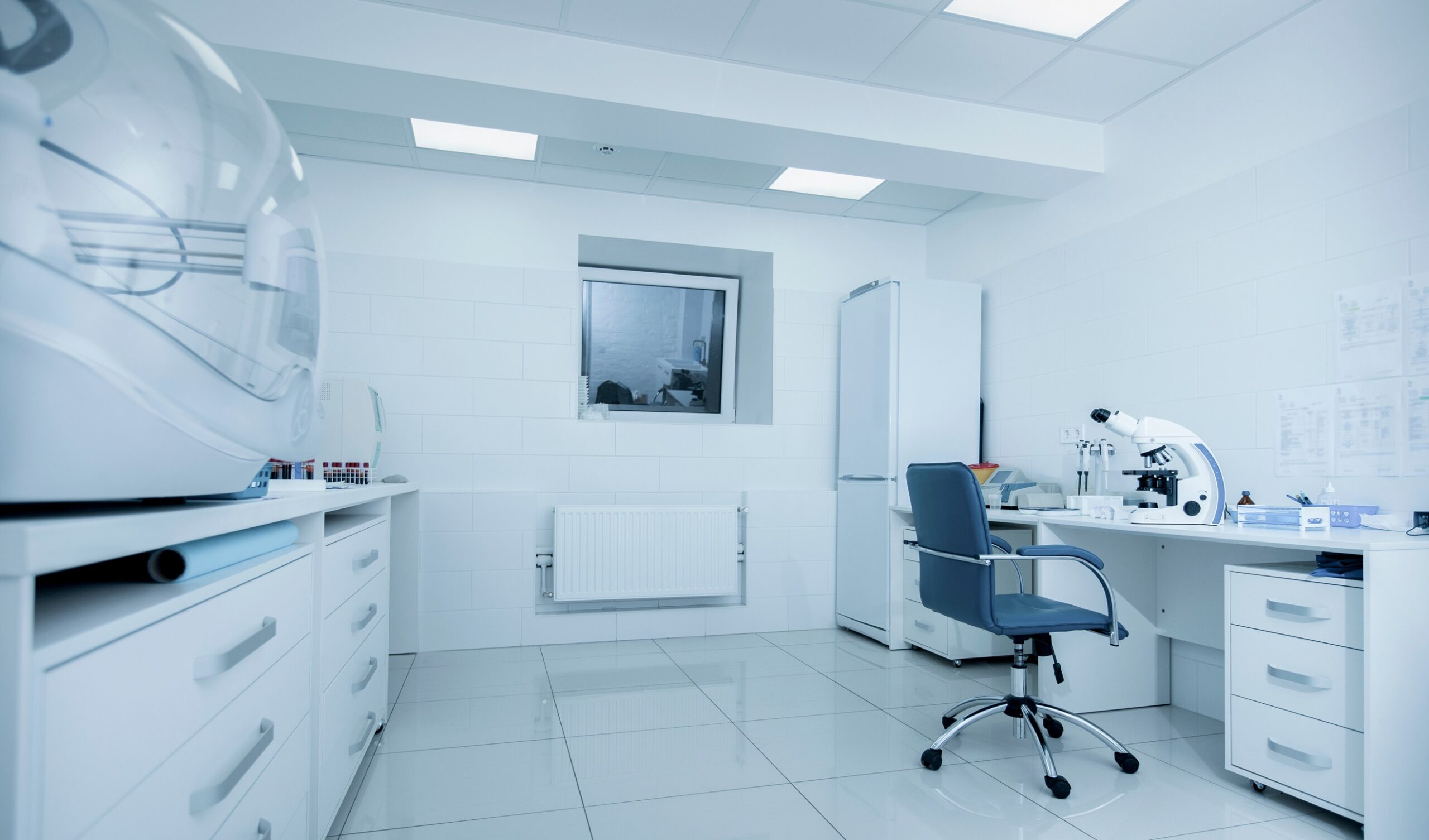Clean rooms are a critical component in various industries, including biotechnology, pharmaceuticals, electronics, and aerospace. These controlled environments are essential for processes that require stringent contamination control to ensure product quality and safety. The implementation of a clean room is a complex task that demands the expertise of facility engineers. This blog will explore why facility engineering is crucial when implementing a clean room.
1. Designing for Compliance and Standards
Clean rooms must adhere to rigorous standards such as ISO 14644 and GMP (Good Manufacturing Practice) guidelines. Facility engineers are responsible for designing clean rooms that meet these standards, ensuring the environment controls particulate contamination effectively. This includes selecting appropriate materials, designing airflow systems, and implementing monitoring mechanisms to maintain the required cleanliness levels.
2. Optimizing Airflow and Filtration
One of the primary functions of a clean room is to control airborne particles. Facility engineers design and optimize airflow patterns to ensure that clean air is supplied efficiently while contaminated air is removed. This involves the strategic placement of HEPA (High-Efficiency Particulate Air) filters, laminar flow units, and airlocks to create a controlled environment with minimal particle contamination.
3. Controlling Temperature and Humidity
Temperature and humidity control are crucial in clean rooms to maintain a stable environment for sensitive processes and materials. Facility engineers design HVAC (Heating, Ventilation, and Air Conditioning) systems that precisely regulate these parameters. Proper temperature and humidity control help prevent microbial growth, static electricity buildup, and other issues that could compromise the clean room environment.
4. Ensuring Proper Pressurization
Clean rooms often require positive or negative pressurization to prevent contamination. Positive pressure is used to keep contaminants out, while negative pressure is used to contain hazardous substances. Facility engineers design the pressurization systems, ensuring that the pressure differentials are maintained consistently across different zones of the clean room.
5. Selecting Appropriate Materials and Finishes
The choice of materials and finishes for clean rooms is critical to prevent particle shedding and facilitate easy cleaning. Facility engineers specify materials that are smooth, non-porous, and resistant to chemicals and microbial growth. This includes flooring, walls, ceilings, and fixtures that can withstand rigorous cleaning protocols and contribute to maintaining the clean room’s integrity.
6. Integrating Advanced Monitoring and Control Systems
Continuous monitoring of environmental parameters is essential to ensure that clean rooms operate within specified limits. Facility engineers integrate advanced monitoring systems that track particle counts, airflow, temperature, humidity, and pressure in real-time. These systems provide alerts for any deviations, allowing for immediate corrective actions to maintain the clean room environment.
7. Implementing Effective Contamination Control Protocols
Facility engineering involves developing and implementing contamination control protocols that encompass personnel practices, gowning procedures, and cleaning schedules. Engineers design gowning rooms, air showers, and pass-through systems to minimize the introduction of contaminants by personnel and materials entering the clean room.
8. Facilitating Maintenance and Upgrades
A well-engineered clean room is designed with maintenance and future upgrades in mind. Facility engineers ensure that critical systems and components are accessible for routine maintenance and can be upgraded as needed without compromising the clean room environment. This forward-thinking approach helps extend the lifespan of the clean room and keeps it aligned with evolving industry standards.
The successful implementation of a clean room hinges on the expertise of facility engineers. Their role in designing, optimizing, and maintaining these controlled environments is crucial for ensuring compliance with standards, protecting product quality, and maintaining operational efficiency. As industries continue to advance and the demand for high-quality clean rooms grows, the importance of facility engineering in clean room implementation will only become more pronounced.
Build and maintain world-class facilities with our expert guidance. We provide end-to-end support for facility design, construction, and maintenance to ensure your operations run smoothly and meet regulatory requirements. Get in touch with our team of experts by calling 248-987-4497 or email info@emmainternational.com.
FDA (Sep 2004) Sterile Drug Products Produced by Aseptic Processing — Current Good Manufacturing Practice retrieved from: https://www.fda.gov/media/71026/download





